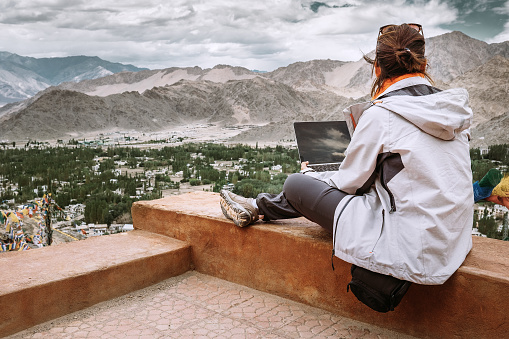
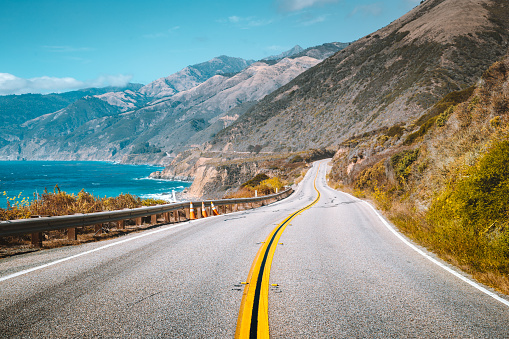
There’s nothing like learning Spanish in an immersion program where students can fully surround themselves with the language, culture, and surroundings of Spanish-speaking people. We invite you to expand your world-view through immersion in these fascinating countries, and explore what each country, city, and school has to offer. Whether students would like to learn Spanish in a big city, a smaller village surrounded by mountains, or a forest listening to the chirping of birds and monkeys. Each country has their own unique pros and cons, and within those countries, each region and city have their own specific identities as well. There are an overwhelming amount of excellent schools to study Spanish throughout the country, so we have divided them up by country, or you can view a comprehensive list below.
Mexico
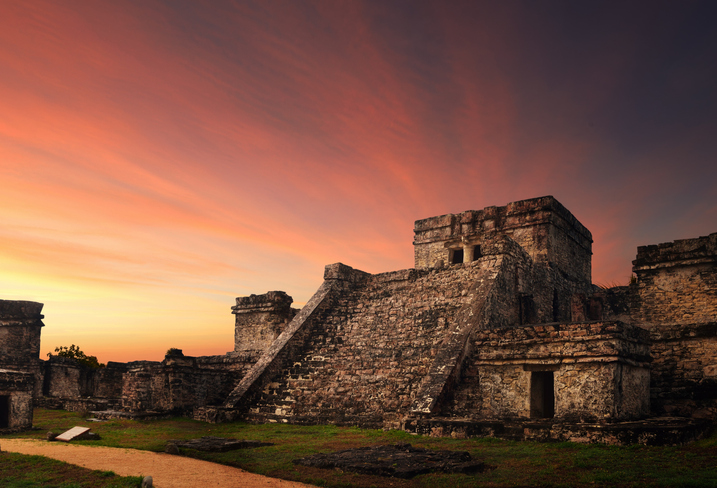
Mexico is one of the chief economic and political forces in Latin America. It has a dynamic industrial base, vast mineral resources, a wide-ranging service sector, and the world’s largest population of Spanish speakers—about two and a half times that of Spain or Colombia. Mexico is home to over 30 UNESCO World Heritage Sites and is a popular tourist destination.
Costa Rica
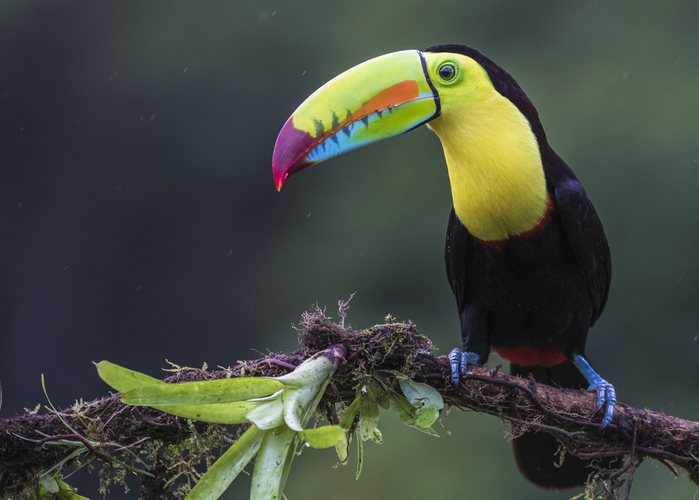
Costa Rica is a rugged, rainforested Central American country with coastlines on the Caribbean and Pacific. Though its capital, San Jose, is home to cultural institutions like the Pre-Columbian Gold Museum, Costa Rica is known for its beaches, volcanoes, and biodiversity. The country, a veritable natural amusement park, offers active volcanoes, stunning beaches (both Caribbean and Pacific), and intoxicating rain forests full of exotic flora and fauna. In the country’s center is the famed Arenal Volcano, which is a hefty but picturesque hike from the small town over which it looms.
Spain
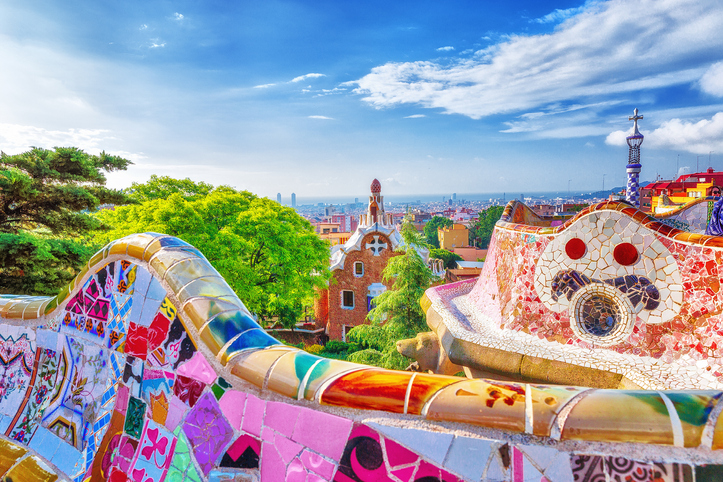
Spain is a storied country of stone castles, snowcapped mountains, vast monuments, and sophisticated cities, all of which have made it a favored travel destination. The country is geographically and culturally diverse. Catalonia’s capital, Barcelona, is defined by Antoni Gaudí’s whimsical modernist landmarks like the Sagrada Família church.
Argentina

The culture of Argentina is as varied as the country’s geography and is composed of a mix of ethnic groups. Modern Argentine culture has been largely influenced by Italian, Spanish and other European immigration, although there are lesser elements of Amerindian and African influences, particularly in the fields of music and art.
Bolivia

The cultural development of what is now Bolivia is divided into three distinct periods: pre-Columbian, colonial, and republican. Important archaeological ruins, gold and silver ornaments, stone monuments, ceramics, and weavings remain from several important pre-Columbian cultures. Major ruins include Tiwanaku, Samaipata, Inkallaqta and Iskanwaya. The country abounds in other sites that are difficult to reach and hardly explored by archaeologists.
Chile

Chile is a country of poets. Gabriela Mistral was the first Latin American to receive a Nobel Prize in Literature (1945). Chile’s most famous poet is Pablo Neruda, who received the Nobel Prize for Literature (1971) and is world-renowned for his extensive library of works on romance, nature, and politics. His three highly personalized homes in Isla Negra, Santiago and Valparaíso are popular tourist destinations.
Colombia

Colombia has many traditional folk tales and stories about legendary creatures, which are transmitted orally and kept for next generations to come. Some of them are common with other Latin American countries. The Colombian folklore has strong influences from Spanish culture, with elements of African and Native American cultures. There are also many festivals in Colombia, many of them of folkloric origin. Colombia is well known for its delicious coffee and varied cuisine.
Cuba

Cuban culture has undergone a major transformation since the revolution, and the government has come to play a leading role in it. Before 1959 Cuba had some 100 libraries and a half-dozen museums; today it has approximately 2,000 libraries and 250 museums located throughout the country. In general, Cuba is a country short of everything, though its people exhibit extraordinary resilience and inventiveness in the face of hardship. So skilled are they, for example, at keeping automobiles from the 1950s in good running and cosmetic condition that Cuba has become a destination of choice for vintage-car collectors from the United States and Europe.
Dominican Republic

Dominican Republic is a country of the West Indies that occupies the eastern two-thirds of Hispaniola, the second largest island of the Greater Antilles chain in the Caribbean Sea. Haiti, also an independent republic, occupies the western third of the island. The Dominican Republic’s shores are washed by the Caribbean to the south and the Atlantic Ocean to the north. The Dominican Republic has much in common with the countries of Latin America (with which it is often grouped), and some writers have referred to the country as a microcosm of that region.
Ecuador

The first thing to realize about Ecuadorian culture is that it is not one single culture. Instead it is a whole range of cultures mingled together, representing every level of this very stratified community. Ecuador’s official language is Spanish, but Quichua – an Incan language – is spoken by the Indian population. The Afro-Ecuadorians that are present in Ecuador today are famous for their marimba music and many music and dance festivals. Long before the Spanish conquered Ecuador and even before the rise of Incan civilization, the diverse native cultures of the region had rich musical traditions.
El Salvador

El Salvador is a small Central American country full of vibrancy and culture and a variety of nature to explore, from the vibrantly-colored Spanish towns to the coffee plantations gripping the walls of volcanoes. The notorious gang violence in El Salvador keep this deserving country in the center of Central America rather unexplored. The country offers delicious cuisine, culture, and Spanish language.The country features dark-sand beaches, world-class surfing experiences, and astonishingly untouched national parks, this country has a little something for all adventure enthusiasts.
Guatemala

Guatemala, country of Central America. The dominance of an Indian culture within its interior uplands distinguishes Guatemala from its Central American neighbours. The origin of the name Guatemala is Indian, but its derivation and meaning are undetermined. Some hold that the original form was Quauhtemallan (indicating an Aztec rather than a Mayan origin), meaning “land of trees,” and others hold that it is derived from Guhatezmalha, meaning “mountain of vomiting water”. The country’s contemporary capital, Guatemala City, is a major metropolitan centre; Quetzaltenango in the western highlands is the nucleus of the Indian population.
Nicaragua

In the heart of Central America, Nicaragua truly deserves the descriptive nickname of “The Land of Lakes and Volcanoes.” Visitors to Nicaragua are able to enjoy the natural beauty of dozens of volcanoes, rivers, and lakes, as well as two oceans. The country has three regions which vary greatly in weather, geography, and population. These three areas are the Pacific Region, Central Region, and the Caribbean Region consisting of two sub-regions: the North Caribbean Coast Autonomous Region (RACCN), and the South Caribbean Coast Autonomous Region (RACCS).Situated at the very center of the Americas, Nicaragua is an ideal place to visit for anyone looking for something uniquely different and adventurous.
Panama

Panama culture is a hybrid of African, Native Panamanian, and European culture – specifically Spanish. For example, the tamborito is a Spanish dance that was blended with Native American rhythms and dance moves. Dance is a symbol of the diverse cultures that have coupled in Panama. Panama’s culture is the result of its geographical location and history. The movement of people throughout the country’s history created a melting pot of cultures that resulted in a highly diverse and unique national identity.
Paraguay

Called the “Heart of America” by many due to its land-locked location in the center of South America, Paraguay contains a rich blend indigenous culture and customs and postcolonial architecture. The world’s largest drinking water reservoir lies beneath the country’s sloping plains, and the Itaipú Dam, Earth’s biggest producer of hydroelectricity, straddles the border with Brazil to the north. Like most of South America, Paraguayans speak Spanish, but millions also speak Guaraní, the only indigenous language of the Americas spoken by a large proportion of non-indigenous people.


